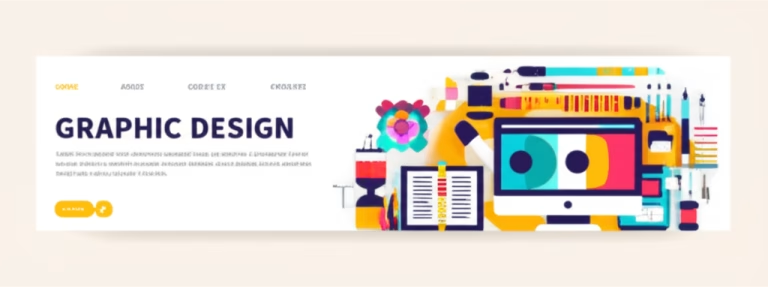Zero Experience? Land Your First Design Job With Your Portfolio

Learn how to build a powerful design portfolio from scratch, even with no prior experience, and land your first design job. Practical tips for beginners.
30 Years Shaping Ideas into Visual Art.
30 Years Shaping Ideas into Visual Art.
Learn how to build an attractive portfolio, even without experience, and discover tips for starting your graphic design career.

Learn how to build a powerful design portfolio from scratch, even with no prior experience, and land your first design job. Practical tips for beginners.

Learn how to effectively position your design portfolio to attract clients and land your dream design opportunities, even as a beginner. Master strategic portfolio presentation with practical tips.

Learn how to build a compelling design portfolio from scratch and attract your first design clients. This guide offers practical steps and positioning strategies for aspiring designers.

Beginner designer? Learn how to craft a design portfolio that gets noticed and helps you land your first design job.

Learn how building a design portfolio that works can help you land your first design job.

Learn how to craft a killer design portfolio that showcases your skills and helps you land your dream design job.